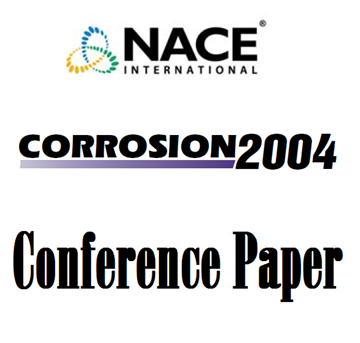Search
09305 Subsea Dissimilar Joints: Failure Mechanisms and Opportunities for Mitigation
Also Purchased
08095 Resistance of Dissimilar Joints Between Steel and Nickel Alloys to Hydrogen-Assisted Cracking
Product Number:
51300-08095-SG
ISBN:
08095 2008 CP
Publication Date:
2008
$20.00
04151 High Strength Fasteners for Subsea Applications
Product Number:
51300-04151-SG
ISBN:
04151 2004 CP
Publication Date:
2004
$20.00
09299 Residual Stress Control for Prevention of Environmental Cracking of Stainless Steels
Product Number:
51300-09299-SG
ISBN:
09299 2009 CP
Publication Date:
2009
$20.00




